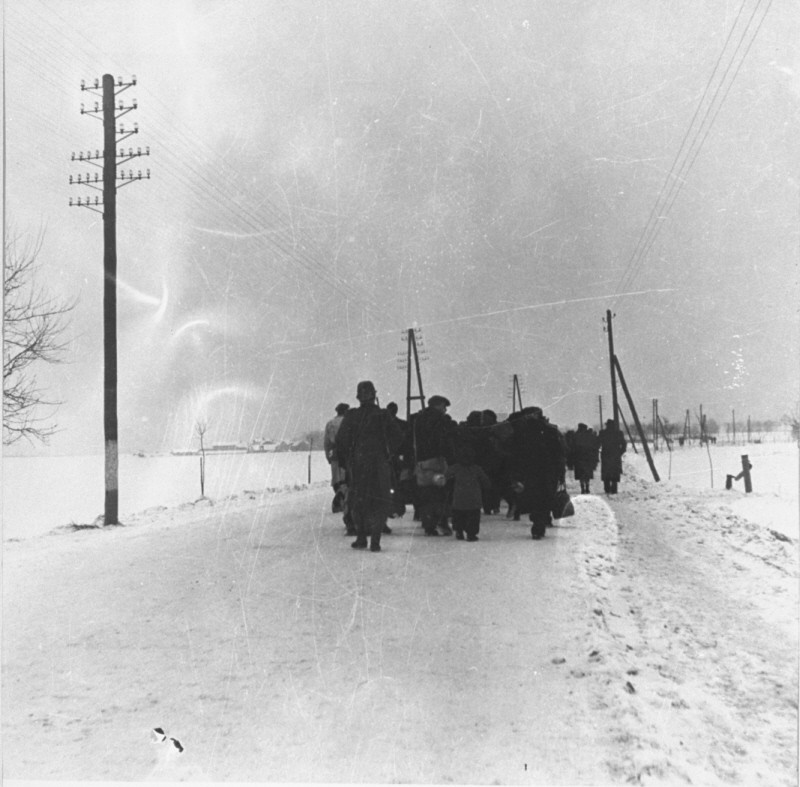
Article
Browse an alphabetical list of articles about the Holocaust and World War II. Learn more about topics such as the Nazi rise to power, how and why the Holocaust happened, life in Nazi camps and ghettos, and the postwar trials.
<< Previous | Displaying results 1076-1089 of 1089 for "Article" | Next >>
-
World War II in the Pacific
ArticleThe United States declared war on Japan on December 8, 1941, following the attack on Pearl Harbor. Learn more about World War II in the Pacific.
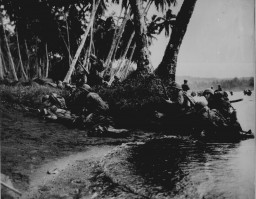
-
World War II Liberation Photography: Learning about Photographs You May Have in your Home
ArticleMany extremely graphic photographs taken at the time of liberation document crimes of the Nazi era. Learn about some of the most commonly reproduced photos.
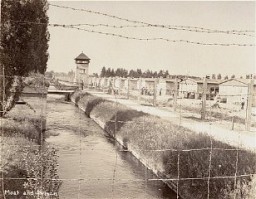
-
World War II Dates and Timeline
ArticleWorld War II was the largest and most destructive conflict in history. Learn about key WWII dates in this timeline of events, including when WW2 started and ended.
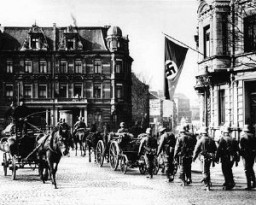
-
Writers and Poets in the Ghettos
ArticleSongs, verses, and writings of writers and poets in the ghettos reflect efforts to preserve culture, humanity, and documentation, as well as acts of defiance. Explore examples.
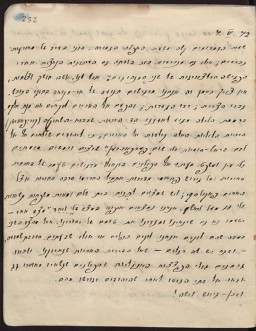
-
Writing the News
ArticleShortly after taking power in January 1933, Adolf Hitler and the Nazis took control of German newspapers, detailing how the news was to be reported.
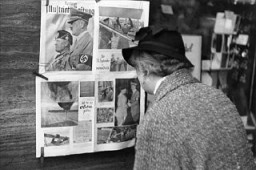
-
Wöbbelin
ArticleThe US 8th Infantry and the 82nd Airborne Divisions arrived at the Wöbbelin camp in May 1945, witnessing the deplorable living conditions in this subcamp of the Neuengamme concentration camp.
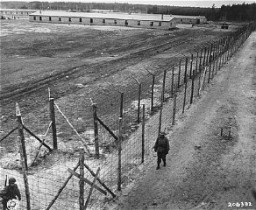
-
Yitzhak Gitterman
ArticleYitzhak Gitterman was a director of the American Jewish Joint Distribution Committee in Poland and a member of the underground Jewish Fighting Organization.
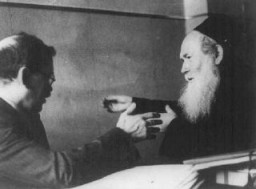
-
Youth Camps
ArticleMoringen, Uckermark, and Litzmannstadt were reform camps established to confine young people who were deemed to have strayed from Nazi norms and ideals. Learn more
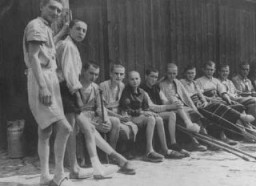
-
Yugoslavia
ArticleLearn more about the history of Yugoslavia before World War II and the Axis invasion of 1941.
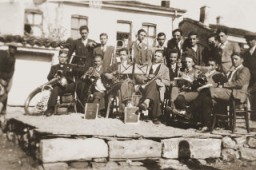
-
Zdziecioł (Zhetel)
ArticleThe Nazis occupied Zdziecioł (Zhetel), Poland in 1941. Learn more about the city and ghetto during World War II.
-
Zeilsheim Displaced Persons Camp
ArticleAfter WWII, many Holocaust survivors, unable to return to their homes, lived in displaced persons camps in Germany, Austria, and Italy. Read about Zeilsheim DP camp.
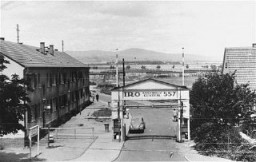
-
Ziegenhain Displaced Persons Camp
ArticleAfter WWII, many Holocaust survivors, unable to return to their homes, lived in displaced persons camps in Germany, Austria, and Italy. Read about Ziegenhain DP camp.
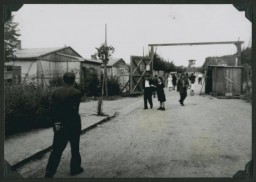
-
Zimbabwe: Overview
ArticleZimbabwe has experienced multiple episodes of mass atrocities since 1980. One of the most severe was the Gukurahundi massacres (1983-1987). Learn more.
-
Jan Zwartendijk
ArticleDutch businessman Jan Zwartendijk aided Jewish refugees by issuing permits for them to enter Curaçao, a Dutch colonial possession in the West Indies.